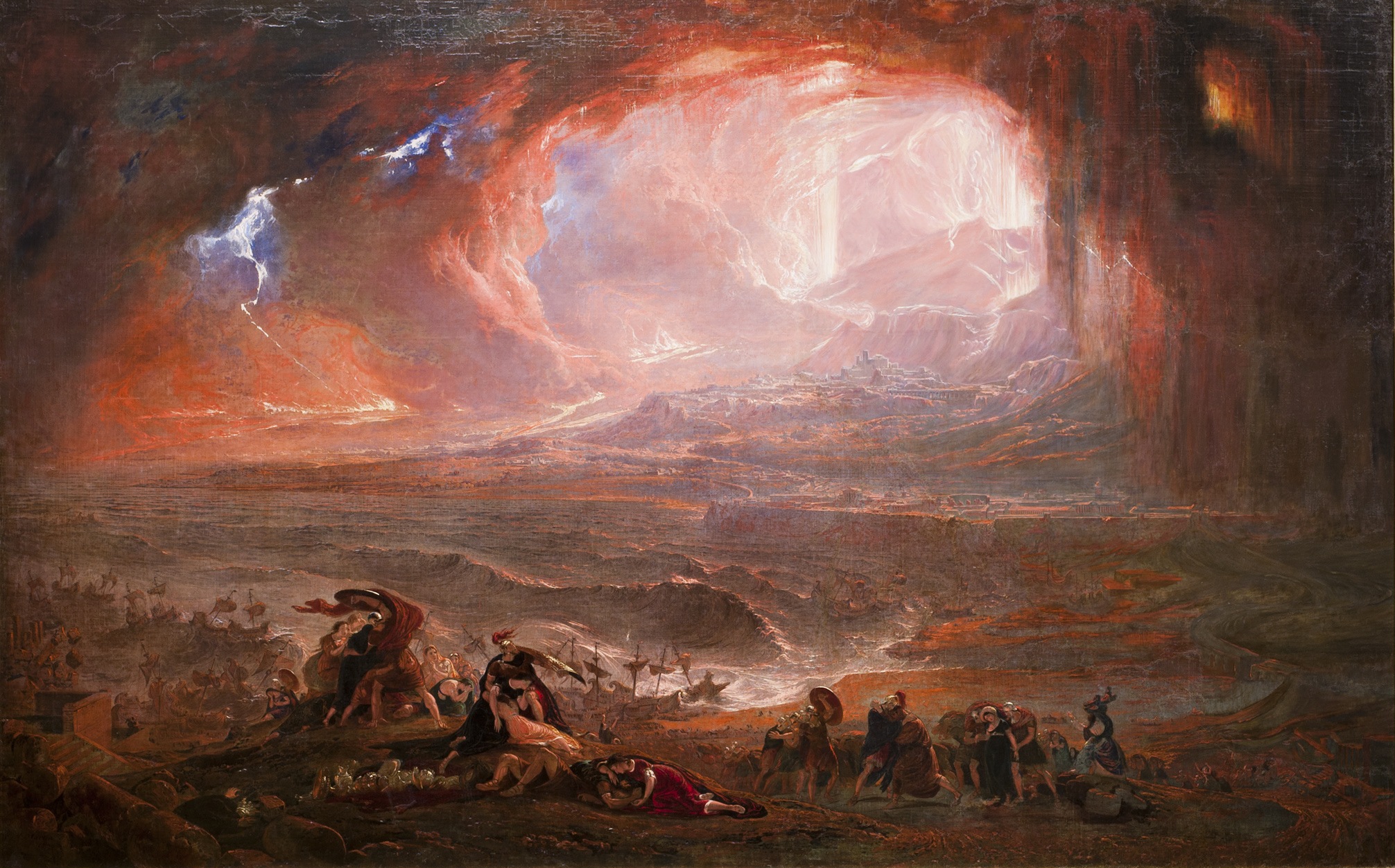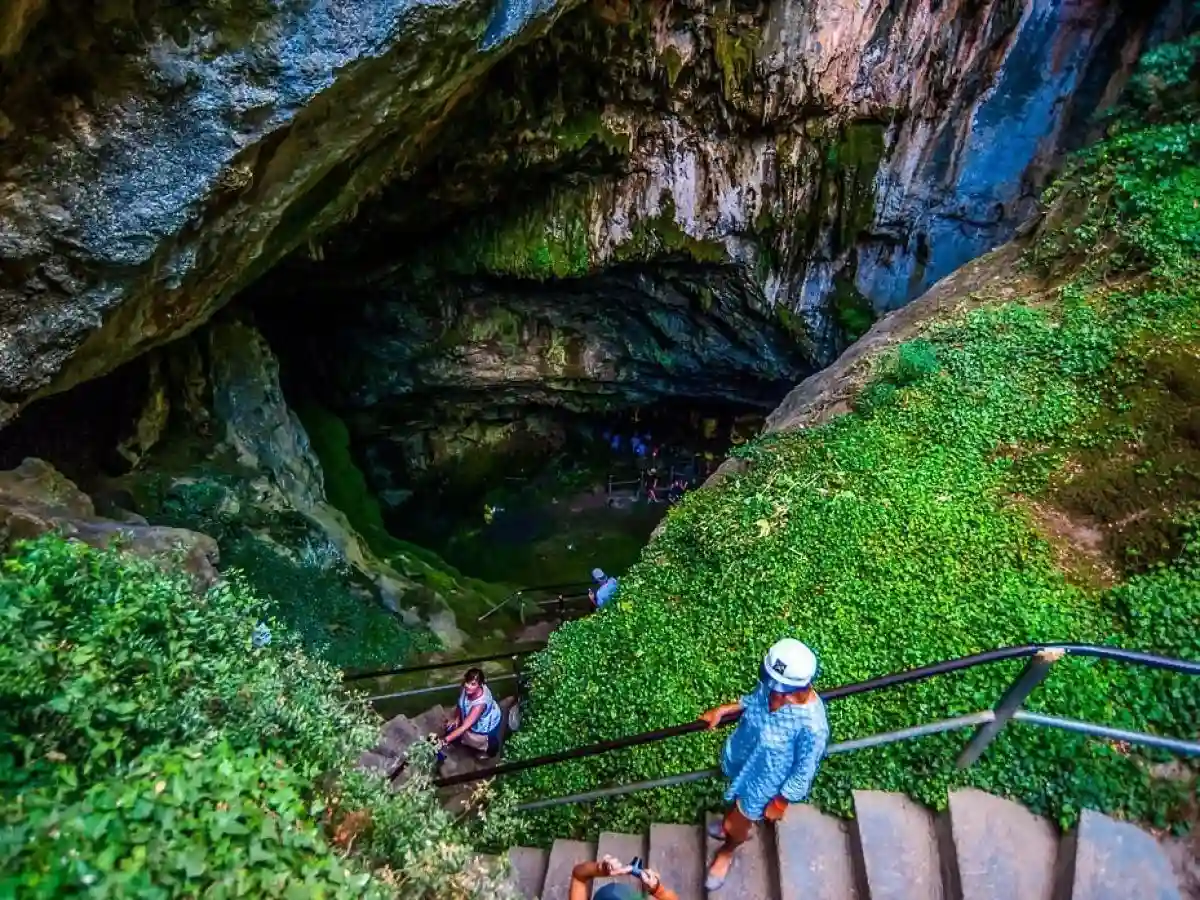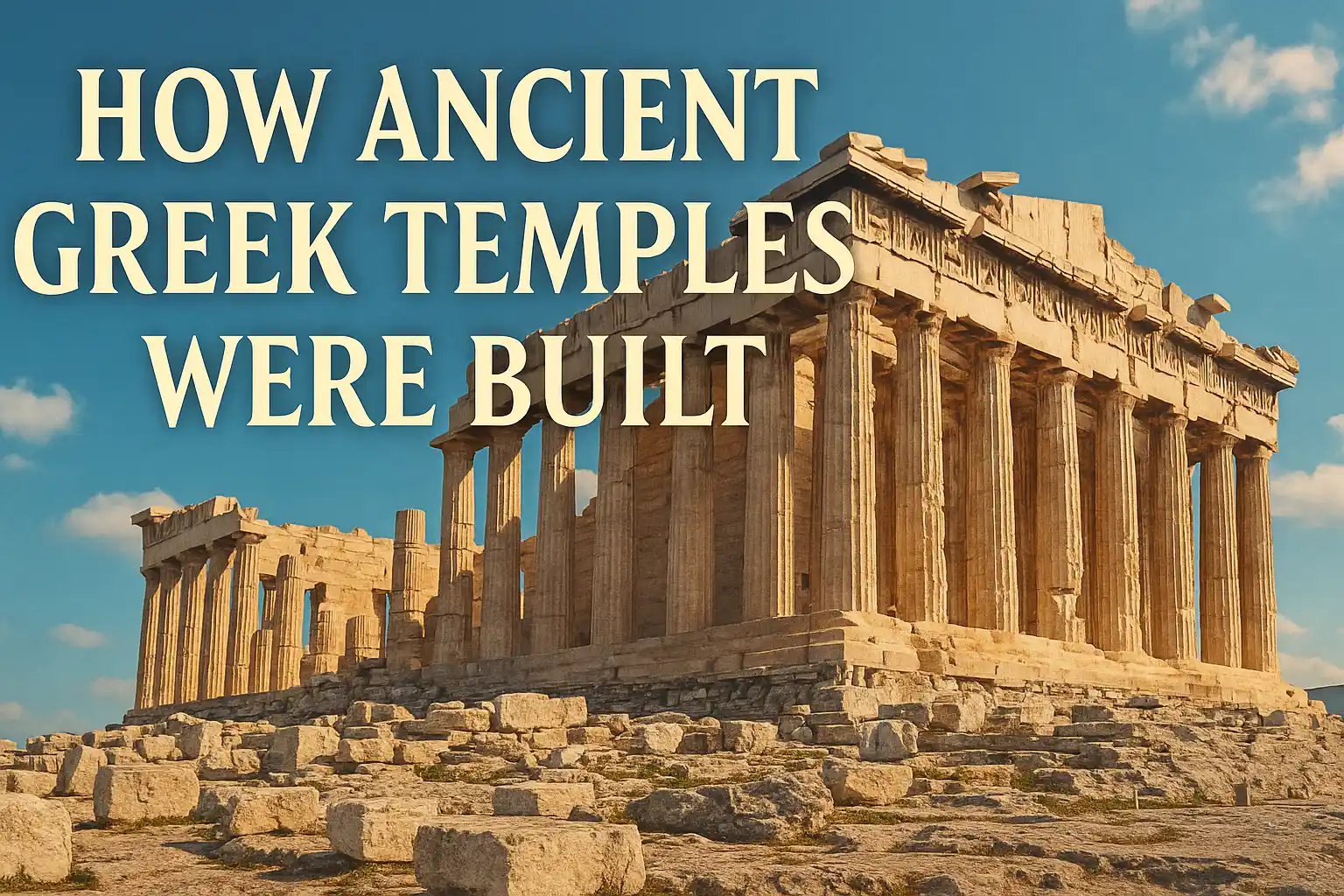
Deep within the mountains of Crete lies a legendary chamber known not only for its breathtaking geology but for being one of the most sacred places in Greek mythology. The Cave of Zeus, nestled in the Lasithi Plateau, is said to be the birthplace of the king of the gods. But beyond myth, this ancient cavern holds a complex tapestry of history, religion, and natural wonder. For millennia, pilgrims, priests, and adventurers have descended into its darkness in search of meaning, power, and truth.
In this in-depth exploration, we uncover the layers of history and meaning inside The Cave of Zeus, one of the most captivating sites in Mediterranean archaeology.
A Sacred Birthplace in Greek Mythology
According to myth, the Titan Cronus devoured each of his children to prevent them from usurping his throne. When Rhea gave birth to Zeus, she hid him in a cave on Mount Dicte (also known as Dikteon Andron) in Crete, tricking Cronus with a swaddled rock. It was in this very cave that Zeus grew up, nurtured by the goat Amalthea and guarded by the Curetes, who clashed their weapons to mask his infant cries.
This foundational myth established the Cave of Zeus as a cosmic sanctuary. Unlike temples built by human hands, the cave symbolized a direct connection between mortals and divine forces. In this sacred hollow, the gods were not only born—they were protected, raised, and revered.
A Focus of Ancient Worship
Long before the Classical temples of Athens and Delphi rose, the cave served as a spiritual site. Excavations have revealed that The Cave of Zeus was used as a religious sanctuary dating as far back as the Early Minoan period (circa 2,500 BCE).
Over the centuries, Minoans, Mycenaeans, and later Greeks left behind offerings including:
-
Bronze figurines of animals and humans
-
Pottery shards with ritualistic markings
-
Double axes (labrys), a sacred Minoan symbol
-
Carved ivory and semi-precious stones
These findings, documented in peer-reviewed journals such as the American Journal of Archaeology, confirm that the cave was more than a mythic backdrop—it was a thriving center of divine worship.
Descending into the Dikteon Cave
Visiting the cave today is as close as one can get to stepping inside mythology. Located near the village of Psichro, at an altitude of over 1,000 meters in the Lasithi Plateau, the journey to the entrance is both scenic and symbolic—winding through fertile plains and olive groves that echo Crete’s mythological richness.
The descent into the cave involves:
-
A steep stone path with panoramic views
-
An ancient staircase leading into the darkness
-
Two main chambers: the anteroom and the sanctuary below
Stalactites and stalagmites form cathedral-like columns in the lower chamber, creating an atmosphere of profound stillness and reverence. The chill in the air, the echo of droplets, and the play of light through natural openings evoke a timeless sense of awe.
Geological Marvel and Natural Architecture
Geologically speaking, The Cave of Zeus is a masterpiece formed over millions of years by the slow dissolution of limestone through acidic rainwater. The process, called karstification, creates deep underground voids filled with otherworldly formations.
Inside the cave, you’ll find:
-
Towering stalactites hanging from the ceiling
-
Massive stalagmites rising from the floor
-
Pillars where the two meet over millennia
-
A small underground lake believed to be used in ancient purification rituals
These features not only add to the cave’s mystique but also place it among the most impressive natural caverns in Europe.
The Lasithi Plateau: Heart of Crete’s Mystical Landscape
The surrounding region plays a vital role in understanding the significance of the cave. The Lasithi Plateau is a high-altitude basin ringed by the Dikti Mountains, historically fertile and spiritually charged. The area has been continuously inhabited since Neolithic times and is dotted with windmills, Byzantine chapels, and ruins of Minoan settlements.
This broader sacred geography reinforces the notion that The Cave of Zeus wasn’t an isolated myth—it was embedded in a living, breathing spiritual landscape.
The Smithsonian has identified Lasithi as one of the most culturally significant plains in southern Europe, linking its mythology to agricultural innovation and early urbanization.
Zeus, Power, and Political Symbolism
By the Classical era, Zeus had become more than just a deity—he was a symbol of divine kingship and civic order. Rulers and generals across the Mediterranean sought to legitimize their power by associating themselves with Zeus, and visiting the cave was sometimes viewed as a rite of passage or pilgrimage of authority.
Historians have speculated that leaders from the Minoan and Mycenaean elite made ceremonial offerings in the cave as a way to align themselves with divine favor. This tradition continued well into the Roman Imperial period, when emperors like Hadrian elevated Zeus to imperial status, linking him to Jupiter in Roman cosmology.
The Cave in Byzantine and Ottoman Times
During the rise of Christianity, pagan sanctuaries were often desecrated or transformed into Christian sites. While The Cave of Zeus was not turned into a chapel like other pagan caves, it maintained a quiet significance. Local legends reinterpreted the myth, transforming Zeus into an archangel figure or a misunderstood rebel punished by God.
During the Ottoman occupation of Crete, the cave served as a hideout for resistance fighters, much like other caves across the island. Thus, its sanctity evolved from divine to national—a refuge not just for gods, but for human freedom.
Archaeological Excavations and Modern Tourism
Excavations began in earnest in the late 19th and early 20th centuries. The most famous digs were conducted by British archaeologist David George Hogarth, who uncovered ceremonial altars, sacred symbols, and offerings buried under millennia of sediment.
Today, visitors can explore the cave thanks to efforts by the Greek Ministry of Culture, which has installed lighting, pathways, and safety features that allow for guided tours while preserving the cave’s integrity.
Tourism has transformed the cave into one of Crete’s top archaeological destinations, visited by:
-
Mythology enthusiasts
-
Speleology scholars
-
Adventure travelers
-
Spiritual seekers
Spirituality and Sacred Geography
Despite the influx of tourism, The Cave of Zeus retains a unique spiritual gravity. Visitors often report a deep sense of stillness, clarity, or connection when inside. It is not uncommon to find candles lit discreetly or small, unofficial offerings left in niches.
The cave operates as a liminal space — a point where myth meets memory, and where time seems to collapse. It belongs to the broader category of Greece’s miraculous caves, where mythology, geology, and history intersect beneath the surface of the land.
As National Geographic once put it, caves like this one offer “a sacred encounter with nature, story, and silence.”
Why the Cave of Zeus Still Matters
In a world of digital simulations and historical disconnection, The Cave of Zeus offers a rare experience of rooted myth and authentic awe. It represents not only a cradle of divine legend but a crucible of ancient identity and ecological wonder.
Whether you’re a historian, traveler, or spiritual pilgrim, descending into this cave is to participate in an unbroken ritual that stretches back thousands of years—a ritual of entering the earth, seeking truth, and emerging transformed.
❓FAQ
Q1: Where is the Cave of Zeus located?
It’s located near the village of Psichro in the Lasithi Plateau of Crete, Greece, at an altitude of about 1,020 meters.
Q2: Is it the actual birthplace of Zeus?
In mythology, yes. The Cave of Zeus is believed to be where Rhea hid baby Zeus from Cronus, making it a sacred mythical site.
Q3: Can you visit the Cave of Zeus today?
Yes. It’s open to visitors and includes a well-maintained path, stairways, and lighting for safety and exploration.
Q4: What can I see inside the Cave of Zeus?
You’ll find large chambers with stunning stalactites, stalagmites, and an underground lake. Some areas also feature historical markers and archaeological details.
Q5: Is it the only Cave of Zeus in Greece?
No. Another cave, the Idaean Cave on Mount Ida, is also claimed as Zeus’s birthplace. However, the Dictean Cave is the more widely accepted and excavated site.
Q6: Are there archaeological artifacts found there?
Yes. Items like bronze figurines, double axes, pottery, and ceremonial altars have been discovered during excavations.
Q7: Is the Cave of Zeus family-friendly?
The cave is suitable for most age groups, but the steep path and stairs may be challenging for very young children or visitors with mobility issues.






